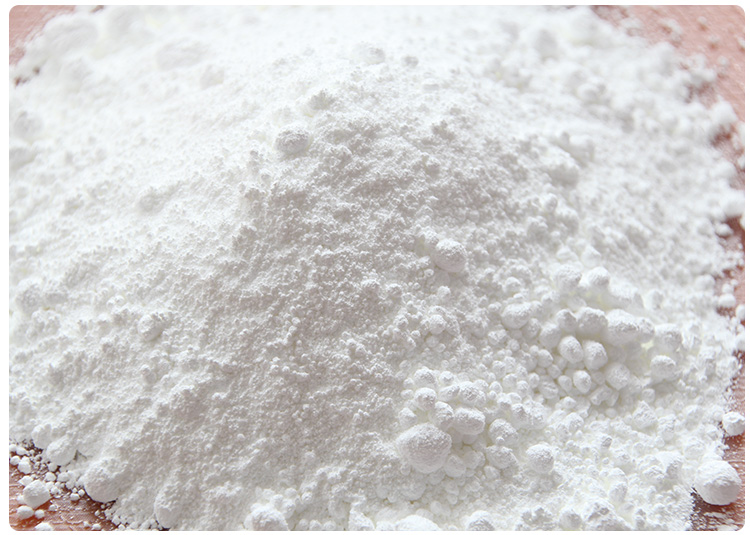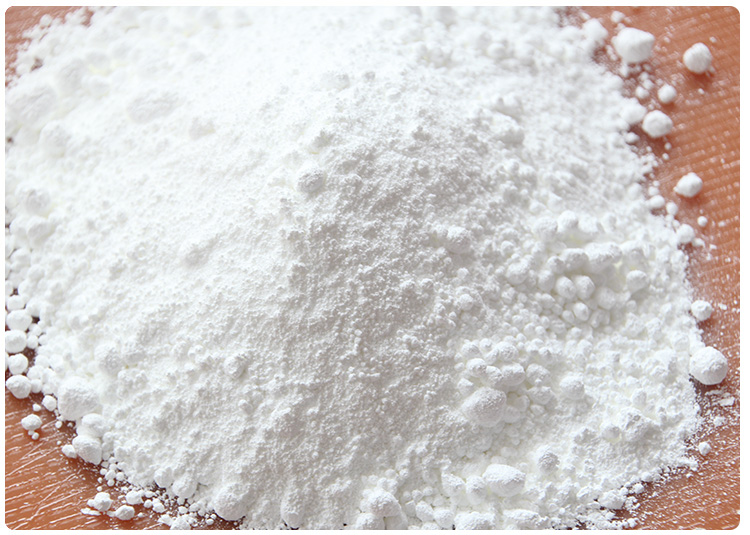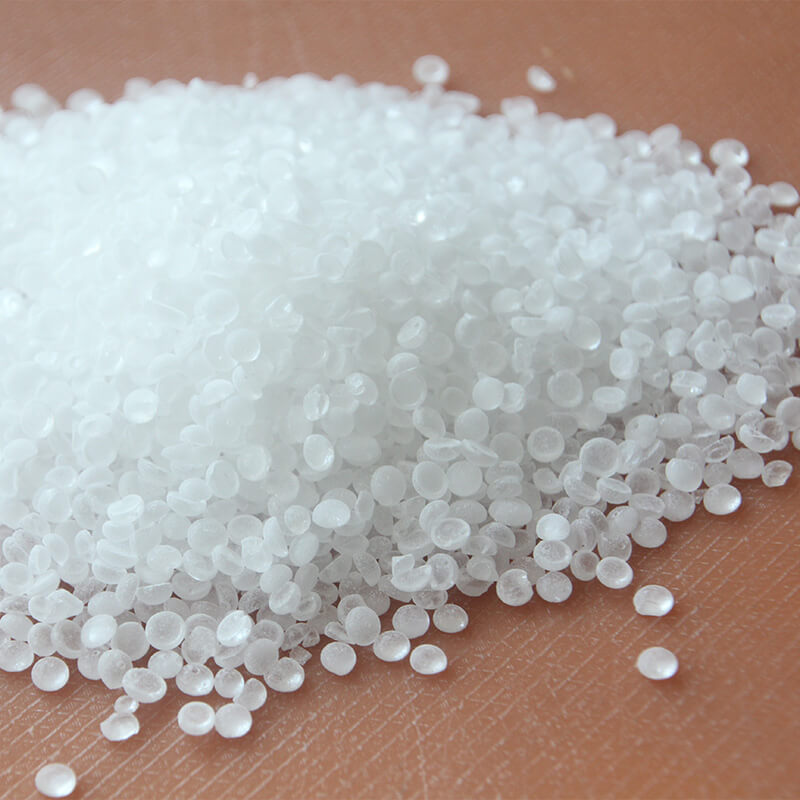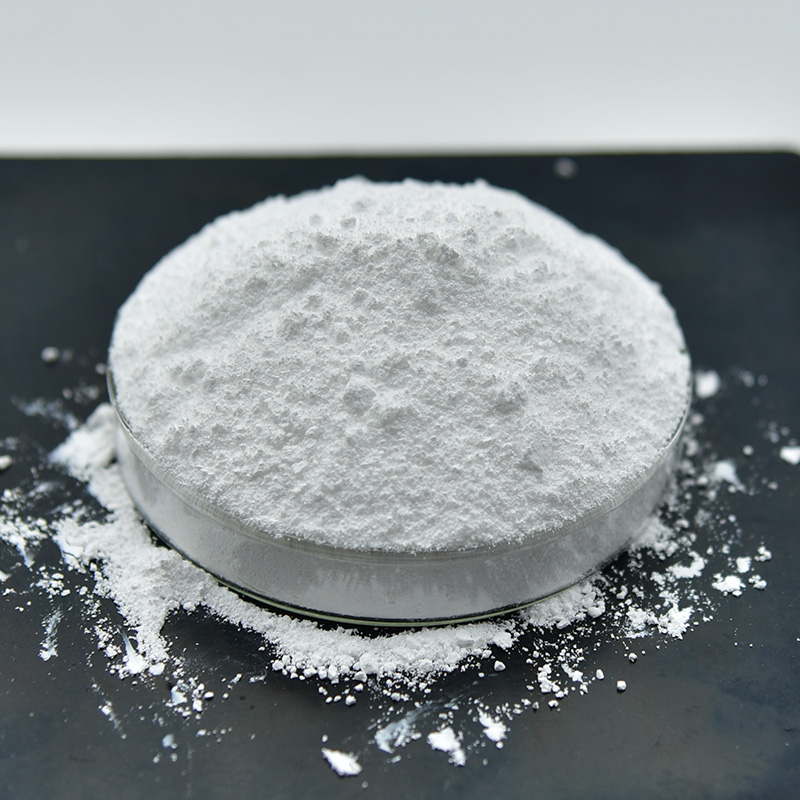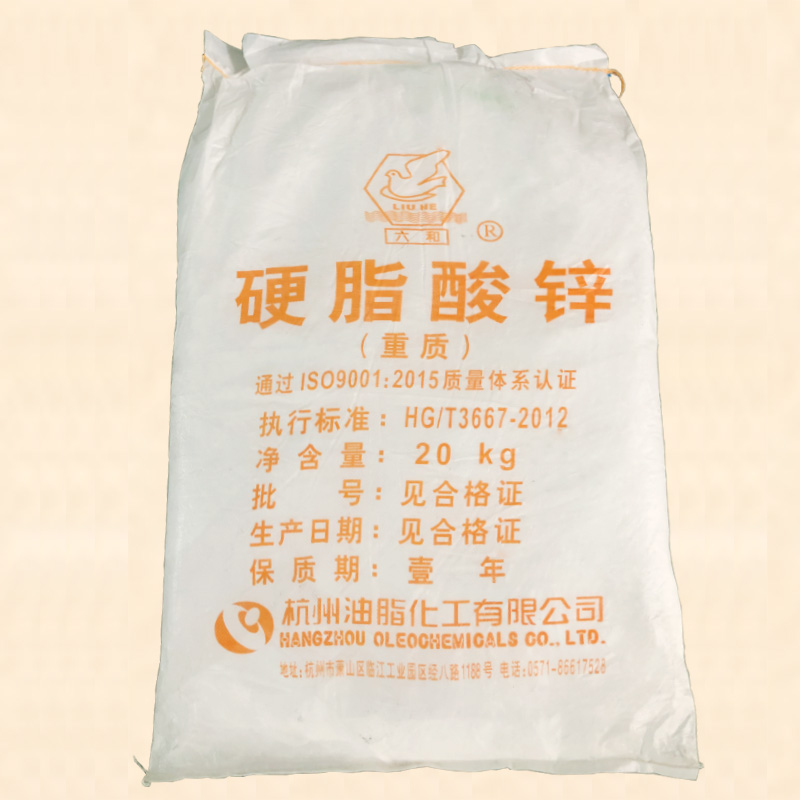PEG4000 in Rubber
- Mingpai
- 2024-06-05 10:39:00
Polyethylene Glycol 4000 (PEG 4000) refers to a specific molecular weight grade of PEG, where the number indicates the approximate average molecular weight of the polymer. In rubber compounding and processing, PEG 4000 can serve several purposes:
Processing Aid: PEG 4000 acts as a plasticizer, improving the processability of rubber compounds by reducing viscosity during mixing and extrusion. This makes the rubber easier to handle and shape without compromising its final physical properties.
Reinforcement Modifier: While not a traditional reinforcing filler like carbon black or silica, PEG 4000 can influence the dispersion of these fillers in the rubber matrix, potentially enhancing the overall reinforcement effect.
Anti-Tack Agent: It can be used to reduce the tackiness of uncured rubber, making handling and storage easier. This is particularly useful during fabrication processes where sheets of rubber need to be cut or layered without sticking to each other or equipment.
Moisture Resistance: PEG's hydrophilic nature can help absorb and retain small amounts of moisture in the rubber compound, which might be beneficial in certain applications where controlled moisture levels are desired.
Improving Flexibility and Elasticity: By acting as a softener, PEG 4000 can contribute to enhancing the flexibility and elasticity of the final rubber product, making it more suitable for applications that require such properties.
However, it's important to note that the addition of PEG 4000 needs to be carefully balanced because excessive amounts can negatively affect other properties of the rubber, such as tensile strength and heat resistance. The compatibility of PEG with different types of rubber (natural rubber, synthetic rubbers like SBR, NBR, etc.) can also vary, influencing its effectiveness in each application.



